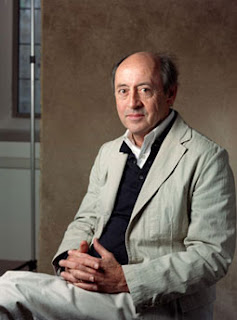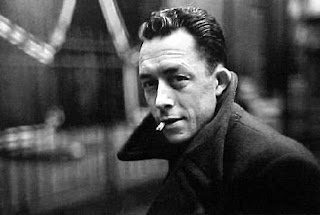
I got to write about a very old bathroom for Vintage Seattle. Exciting, no?! Very much so. This is the first piece I've ever written about a comfort station! Thrilling, yes? Yes, indeed.
Photo courtesy of Seattle Municipal Archives.
Thoughts on books, readings and writings.





































